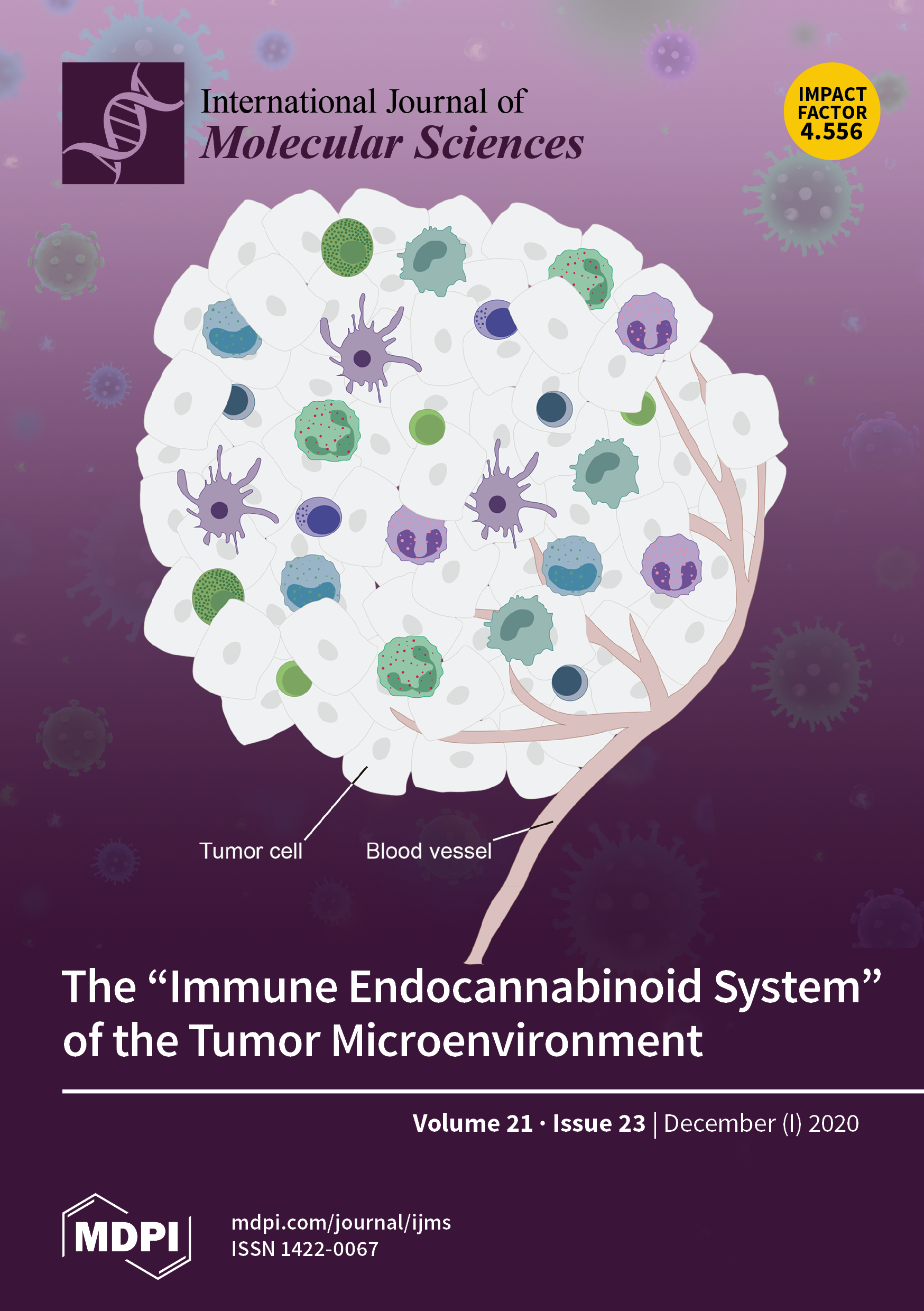1H and 19F spin-lattice relaxation experiments have been performed for butyltriethylammonium bis(trifluoromethanesulfonyl)imide in the temperature range from 258 to 298 K and the frequency range from 10 kHz to 10 MHz. The results have thoroughly been analysed in terms of a relaxation model taking into account relaxation pathways associated with 1H–1H, 19F–19F and 1H–19F dipole–dipole interactions, rendering relative translational diffusion coefficients for the pairs of ions: cation–cation, anion–anion and cation–anion, as well as the rotational correlation time of the cation. The relevance of the 1H–19F relaxation contribution to the 1H and 19F relaxation has been demonstrated. A comparison of the diffusion coefficients has revealed correlation effects in the relative cation–anion translational movement. It has also turned out that the translational movement of the anions is faster than of cations, especially at high temperatures. Moreover, the relative cation–cation diffusion coefficients have been compared with self-diffusion coefficients obtained by means of NMR (Nuclear Magnetic Resonance) gradient diffusometry. The comparison indicates correlation effects in the relative cation–cation translational dynamics—the effects become more pronounced with decreasing temperature.

